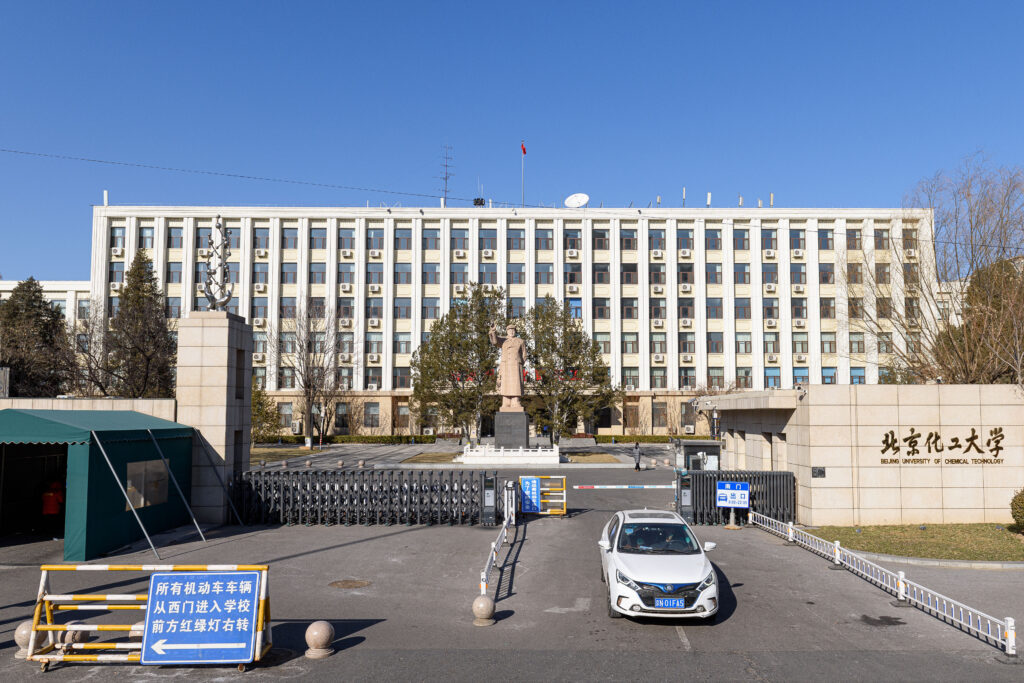Seventy-five developing nations are poised to repay a record $22 billion to China this year, marking a significant shift in Beijing’s role from a major financier to a formidable debt collector. This repayment surge, as highlighted by the Lowy Institute, underscores the mounting financial pressures on some of the world’s most vulnerable economies.
The $22 billion due to China constitutes the majority of the $35 billion owed globally by these nations, many of which are grappling with economic instability. This development is largely attributed to China’s extensive lending through its Belt and Road Initiative , which, while initially aimed at infrastructure development, has led to substantial debt burdens for recipient countries.
Countries such as Laos are already experiencing severe debt crises, exacerbated by Chinese-financed projects. The repayment obligations are straining local budgets, impacting essential sectors like health, education, and climate change mitigation. As China’s lending has significantly declined, the nation now acts more as a debt collector than a benefactor.
In South Asia, China’s financial footprint is particularly pronounced. Pakistan, for instance, owes approximately $29 billion to China, making it Islamabad’s largest bilateral creditor. This debt accounts for 22% of Pakistan’s total external obligations. Similarly, Bangladesh and Sri Lanka have seen their debts to China rise to record levels, with Bangladesh’s debt increasing from $0.97 billion in 2016 to $6 billion in 2022, and Sri Lanka’s from $4.6 billion to $8.8 billion over the same period.
The financial strain is not limited to South Asia. Across Africa, nations are grappling with the dual challenges of repaying Chinese loans and addressing domestic economic needs. Diplomats from eight southern and east African countries have urged the UK government to support legislation that would expedite debt restructuring processes, highlighting the urgency of the situation.
China’s approach to debt collection has also evolved. According to AidData, Beijing has increased penalties for late repayments, with interest rates for overdue payments rising from 3% to 8.7%. This move, aimed at mitigating the risk of defaults, reflects China’s growing concerns over the financial viability of its overseas lending portfolio.
The shift in China’s lending strategy has broader geopolitical implications. While the BRI was initially seen as a tool for fostering development and strengthening diplomatic ties, the current focus on debt collection may alter perceptions of China’s role on the global stage. As Beijing navigates the complexities of international finance, the balance between its interests and those of debtor nations remains a critical point of contention.




 Delhi Faces Major Disruptions as Heavy Rain Floods NCR
Delhi Faces Major Disruptions as Heavy Rain Floods NCR 